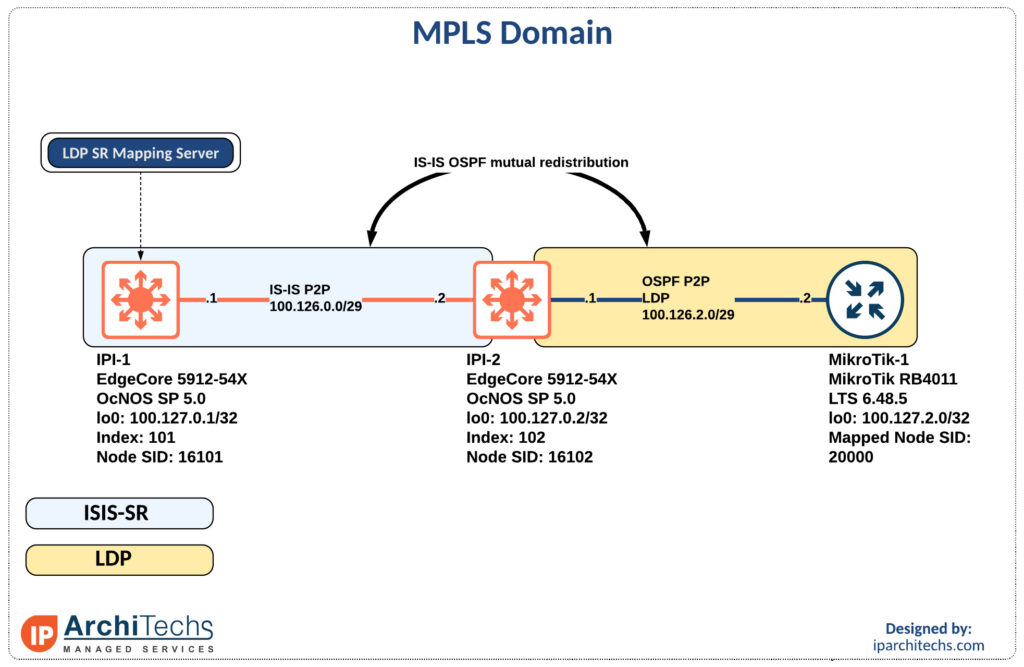Network Break 368: Juniper, Cato Advance Cloud-Based Security Offerings; Citrix Gets Acquired
Take a Network Break! This week’s tech news includes new cloud-delivered security services from Juniper Networks and Cato Networks, new firewall hardware from Fortinet, prognostications on the campus switch market, Cisco teasing a private 5G service, and more.
The post Network Break 368: Juniper, Cato Advance Cloud-Based Security Offerings; Citrix Gets Acquired appeared first on Packet Pushers.
